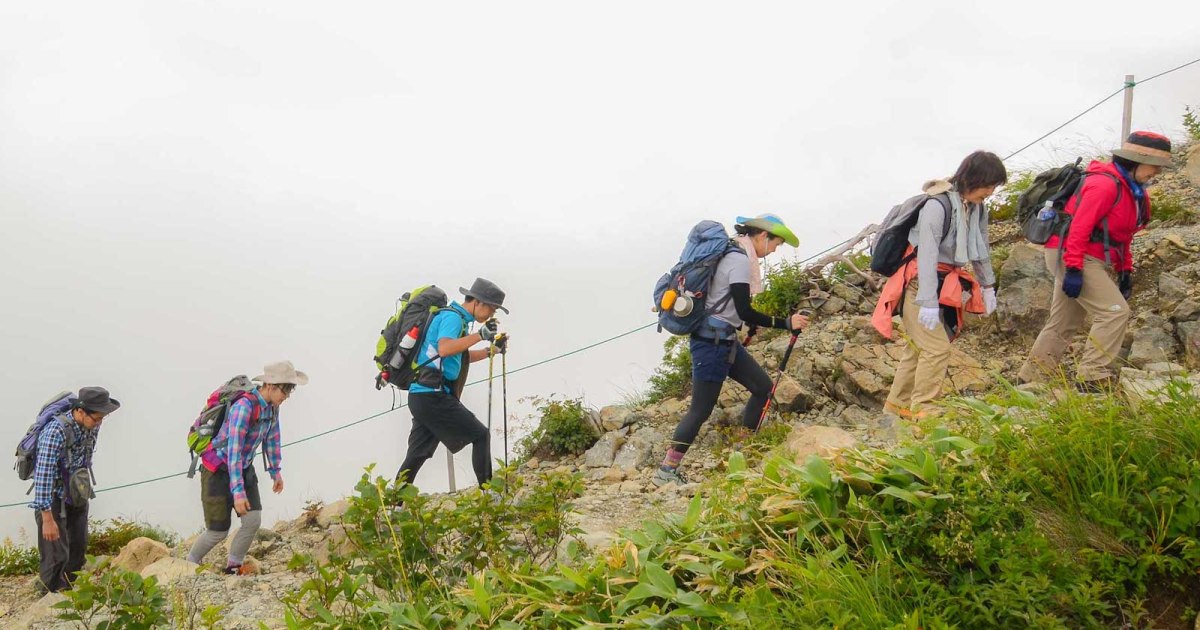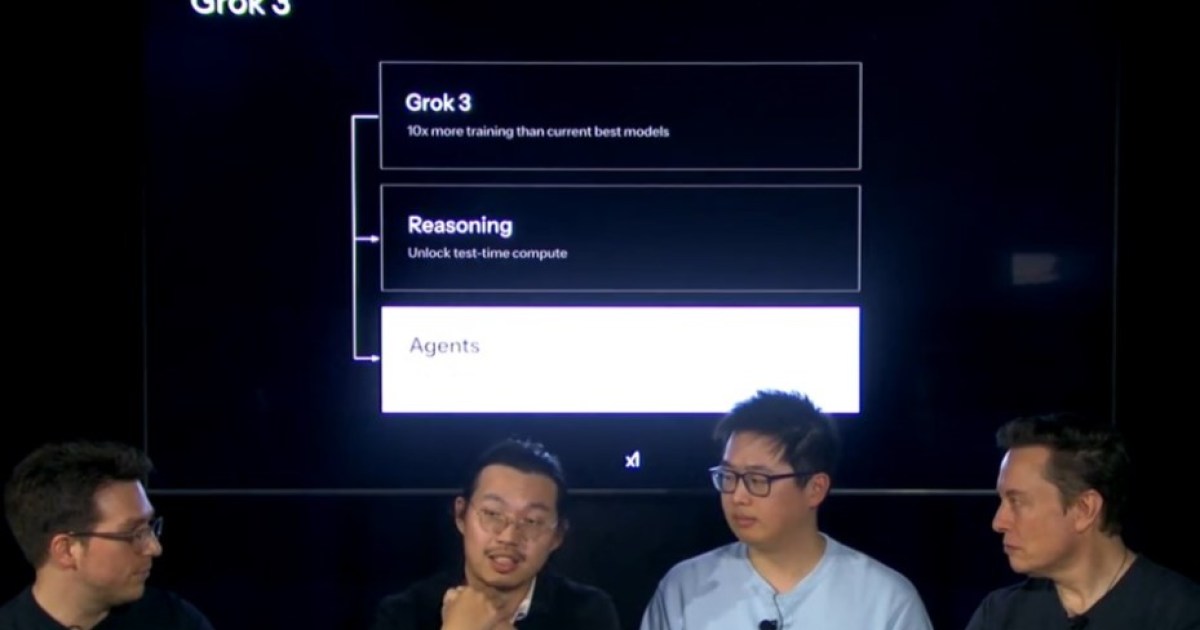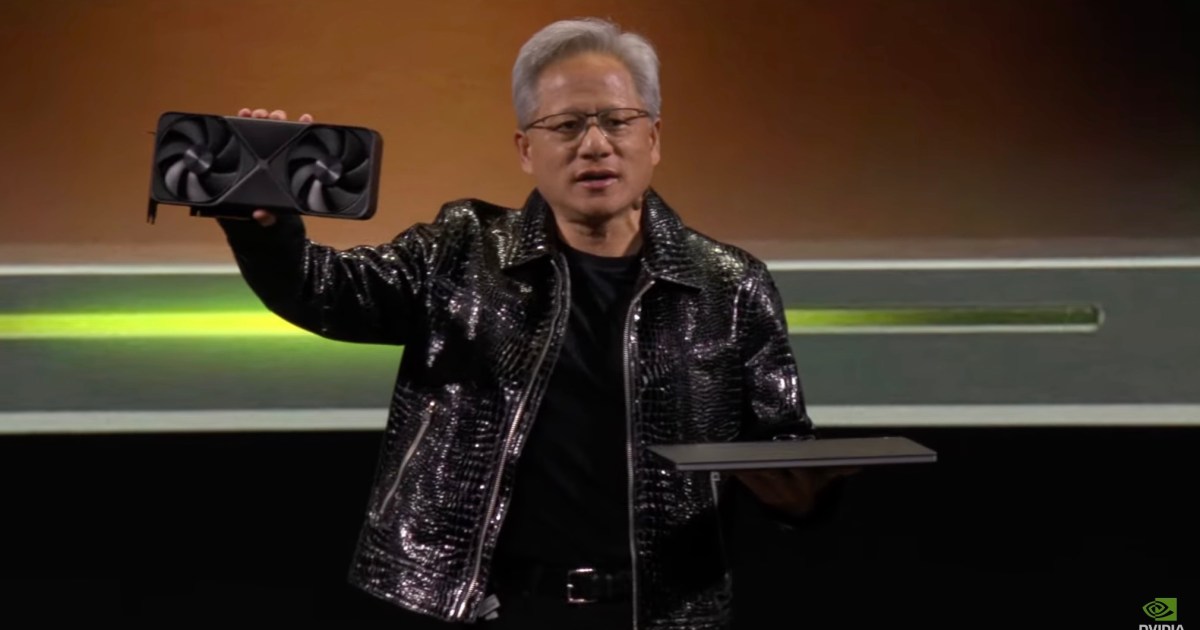Climbing Mount Tai, a towering 5,000-foot (1,525-meter) peak in Shandong, China, with its daunting 7,000 steps, has always been a challenging endeavor. Viral videos showcasing exhausted climbers struggling to reach the summit have cemented its reputation for being a strenuous ascent. But now, thanks to a groundbreaking innovation, conquering this iconic mountain is becoming significantly easier.
Mount Tai tourism officials have partnered with Kenqing Technology, a Shenzhen-based tech company, to introduce robotic exoskeletons that provide climbers with an extra boost. These lightweight devices, weighing a mere 4 pounds (1.8 kilograms), fit around the user’s waist and thighs, effectively reducing strain on leg muscles. For a modest fee of around 70 yuan (approximately $9.50), visitors can rent these robotic legs and experience a remarkably different climb.
The exoskeletons, currently in beta testing, are powered by a battery that lasts for approximately five hours. They work by assisting the user’s natural walking motion, adding a spring to their step and making the ascent significantly less strenuous. Early users have reported positive experiences, with one tourist describing the sensation as feeling “like someone was pulling me up the hill.” Another user acknowledged the ease of the climb with the device but noted a slight feeling of clumsiness after removing the exoskeleton and returning to unassisted walking.
The introduction of these robotic legs marks a significant step in making Mount Tai accessible to a wider range of visitors, including older individuals and those with limited mobility. On the first day of the rental service last month, over 200 people opted to utilize the exoskeletons. This innovative approach demonstrates the potential of technology to enhance the tourism experience.
Beyond tourism, the applications of robotic exoskeleton technology extend to various fields. These devices hold immense promise for assisting elderly individuals with mobility challenges and supporting workers in physically demanding occupations that involve extensive lower-body movement.
As technology continues to advance, robotic exoskeletons are becoming increasingly sleek and less cumbersome. With ongoing refinements and potential power enhancements, these devices could revolutionize not only hiking but also various aspects of daily life. Imagine a future where elderly climbers can ascend Mount Tai with the agility of teenagers – a truly remarkable prospect. These innovative robotic legs are poised to transform how we approach physical challenges and open up new possibilities for mobility and accessibility.
The availability of these robotic legs on the mass market is anticipated as early as next month, marking a potential turning point in accessible tourism and assistive technology. This innovative approach to conquering physical challenges like climbing Mount Tai underscores the transformative power of technology in enhancing human experiences.











